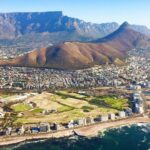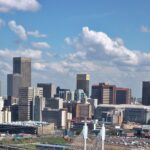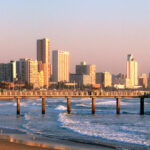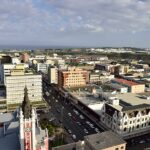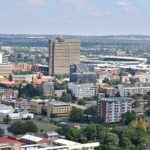Pretoria
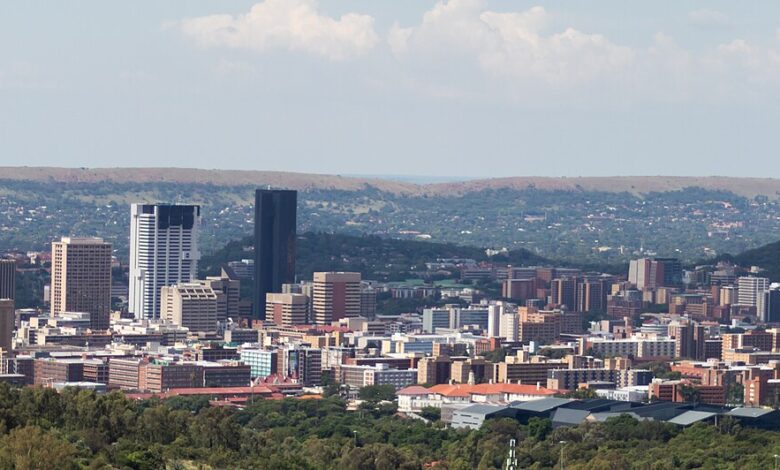
Pretoria is one of South Africa’s three capital cities, serving as the administrative capital. The other two capitals are Cape Town (legislative capital) and Bloemfontein (judicial capital). Pretoria is located in the northern part of Gauteng Province, approximately 55 kilometres north of Johannesburg, the country’s largest city.
The city is home to the executive branch of the South African government, including the official residence of the President (the Union Buildings) and numerous government ministries and departments and has several universities and educational institutions, including the University of Pretoria, which contributes to its cultural and intellectual vibrancy.
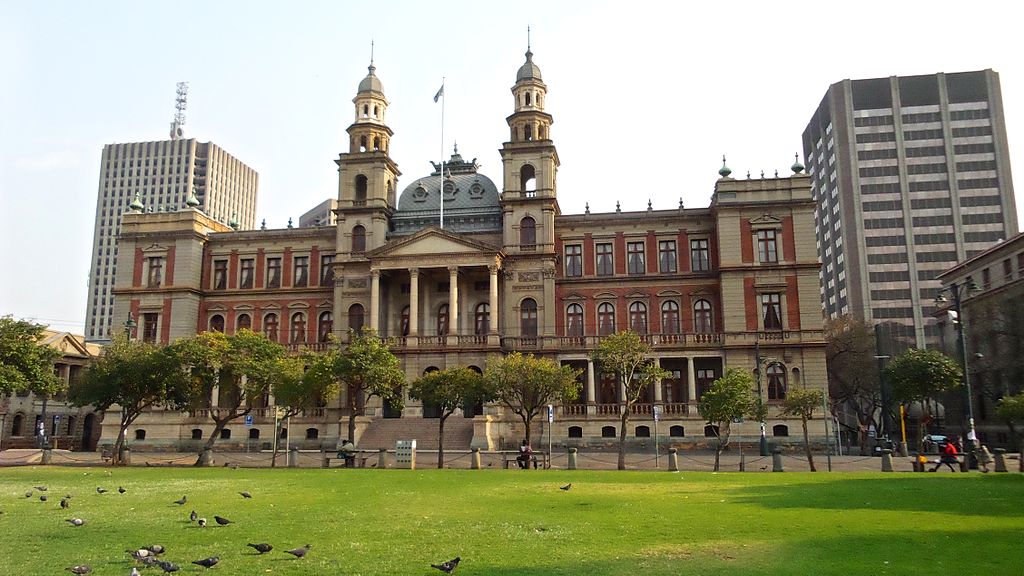
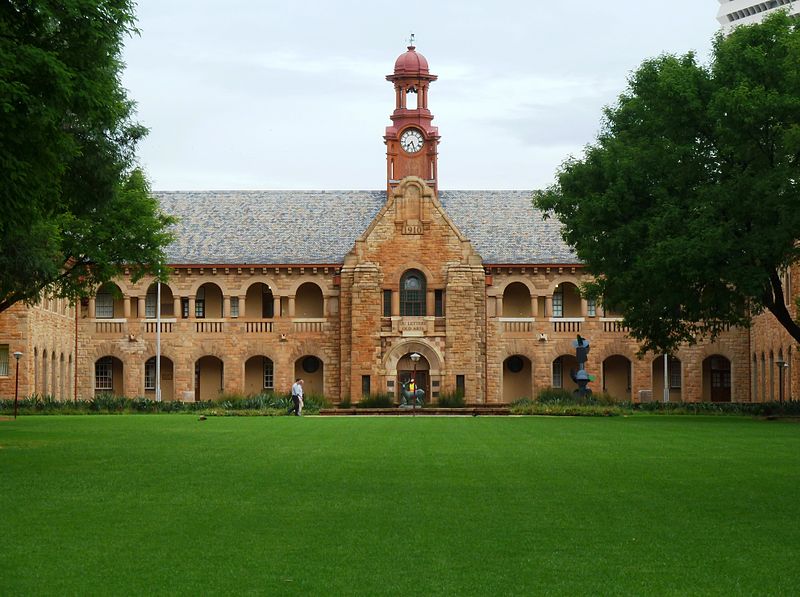
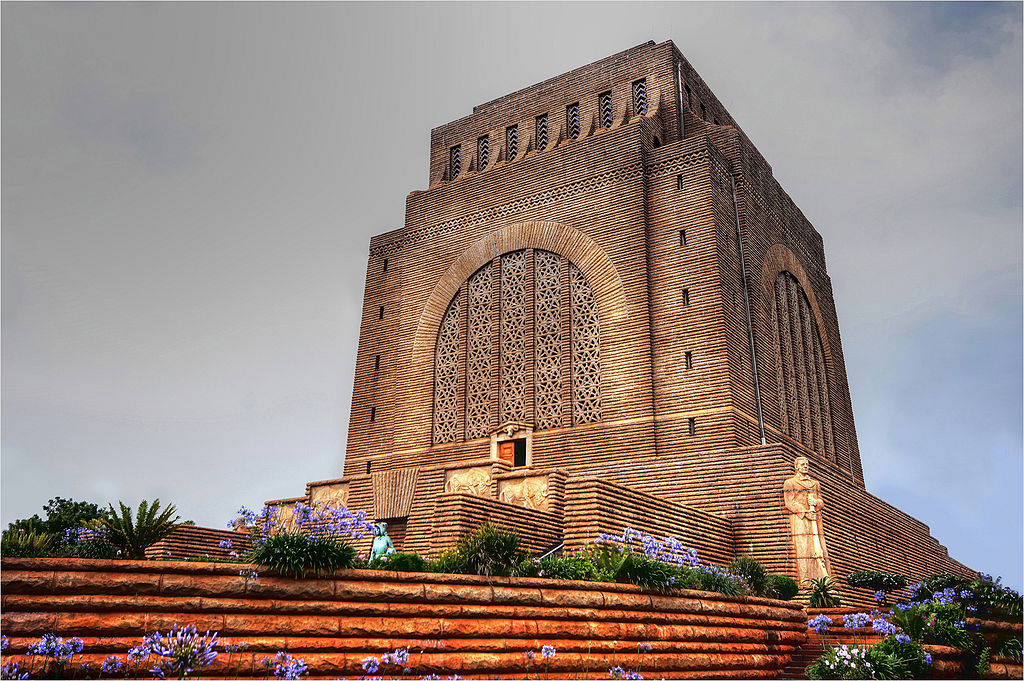
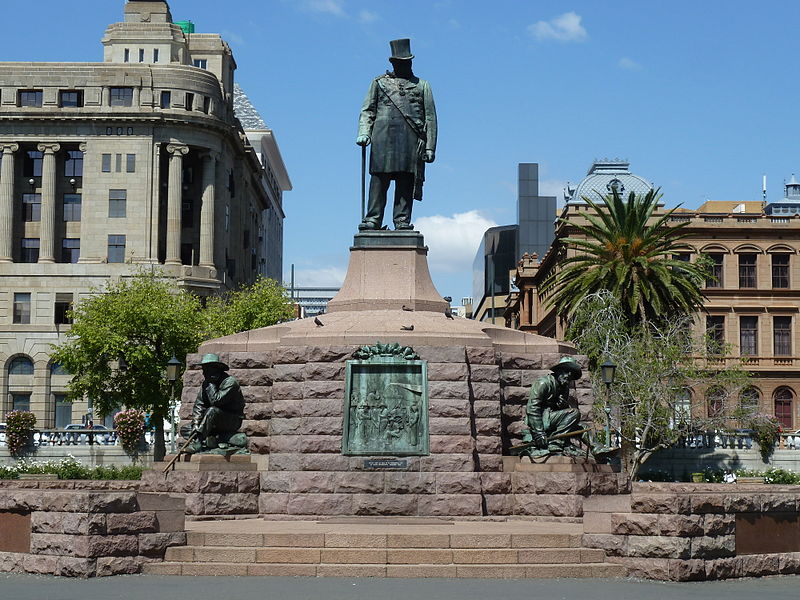
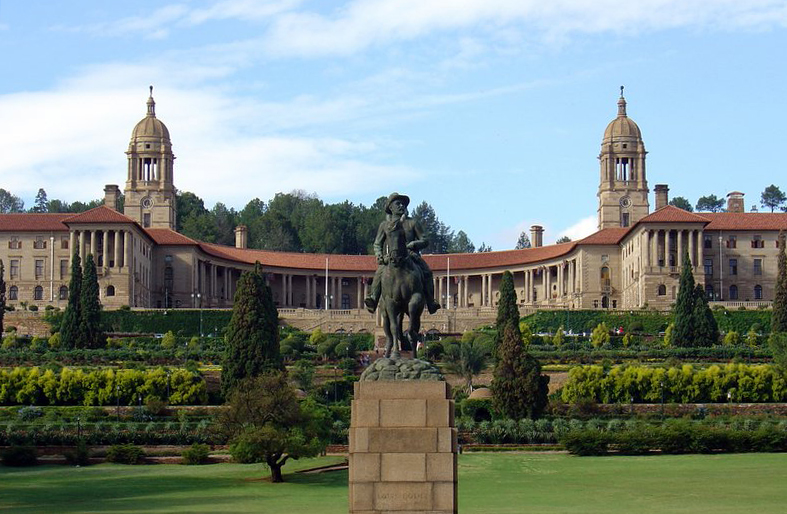
| Population (2023) | |
|---|---|
| • Capital city (executive branch) | 2,818,100 |
| • Density | 4,100/km2 (11,000/sq mi) |
| • Metro | 2,921,488 |
| • Metro density | 460/km2 (1,200/sq mi) |
Map view
More about this City

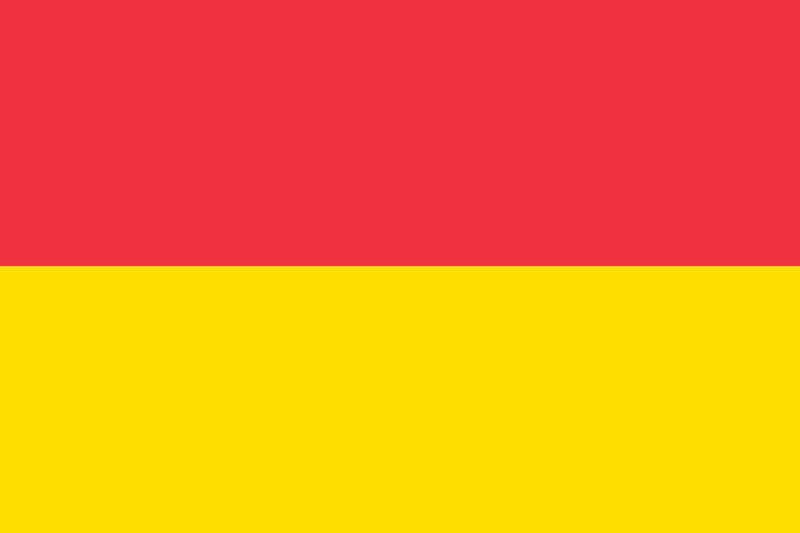
| ID |
|---|
| 131230 |
| Name |
| Pretoria |
| State ID |
| 936 |
| State Code |
| GP |
| State Name |
| Gauteng |
| Country ID |
| 204 |
| Country Code |
| ZA |
| Country Name |
| South Africa |
| Latitude |
| -25.74486000 |
| Longitude |
| 28.18783000 |
| WikiData ID |
| Q3926 |
